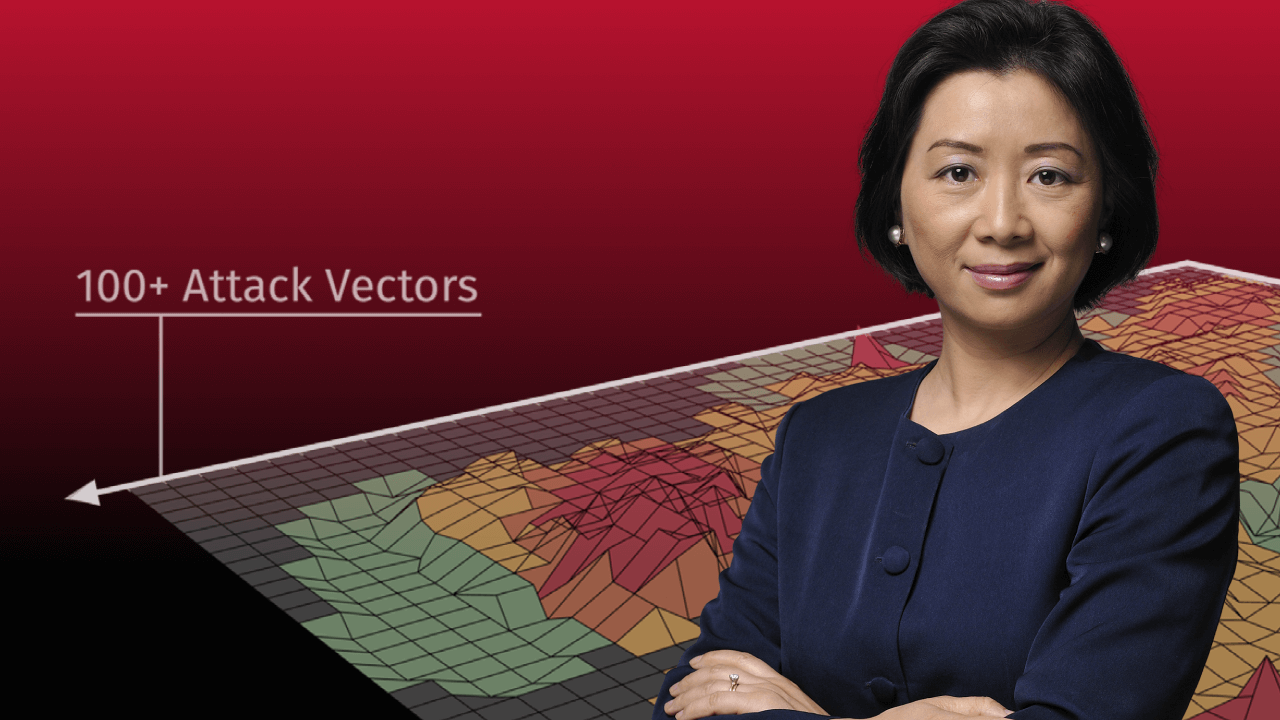Nearly 90% of cyberattacks are caused by human error, so it’s important to understand and address your organization’s cybersecurity weak spots. Many organizations struggle to maintain a clear view of their attack surfaces and related risks, making refining your cybersecurity strategy not just an option but a must.
This article covers ten common blind spots in cybersecurity, highlighting emerging threats and shares current practices to help protect your organization.
10 Common Cybersecurity Blind Spots

1. Non-Traditional Assets
Keeping track of an organization’s devices, apps, and services is important to a strong security posture. To do this, organizations must watch out for non-traditional assets like personal devices, IoT devices, mobile assets, and cloud services. These can slip through unnoticed if not regularly checked and cataloged, leading to potential security gaps. Regular audits and asset inventory management tools can help keep these items visible and secure.
2. Password Issues
Weak, reused, and default passwords are common across industries and pose significant security threats. While strong password policies help, they don’t tackle the issue of password reuse and sharing amongst coworkers, two issues significantly beyond the security team’s control. Password management solutions and multifactor authentication (MFA) can add extra security, making it harder for passwords to be compromised.
3. Unpatched Systems
Keeping systems completely patched is nearly impossible when faced with a constant stream of new vulnerabilities. Focusing on patches that impact your organization’s bottom line is more practical than just perceived risks. Identifying which systems are important to your operations and allocating patching resources to those vulnerabilities provides a key metric in establishing criticality. A strategic patch management process can help organizations reduce potential exploits and minimize disruptions.
4. Phishing, Web & Ransomware
Phishing attacks, harmful websites, and ransomware are ongoing threats that play on human weaknesses. Employee awareness is key here. Security awareness training can teach employees to spot phishing attempts and browse more safely.
Investing in strong endpoint security tools can help detect and prevent malware. Identifying users engaging in risky browsing and providing targeted education can lower the chance of successful attacks.
5. Denial of Service (DoS) Fragility
Many organizations aren’t ready to handle DDoS attacks, which can overload network resources and disrupt operations. To protect against these threats, assess your network’s ability to remain available under attack. Consider DDoS mitigation solutions like traffic filtering, rate limiting, and redundant infrastructure to keep services running smoothly even during an attack.
6. Weak Identity and Access Control
Many organizations have difficulty granting too many user privileges, which can lead to security issues. Automated identity management systems can help manage user access, ensuring users only get the resources they need for their specific job function. Regularly checking who has access to what and sticking to the principle of least privilege can reduce the risk of insider threats and unauthorized access.
7. Encryption Challenges
Leaving communications unencrypted is a considerable risk, exposing sensitive data to potential interception. Organizations should use real-time monitoring tools to monitor encryption and protect sensitive information, whether it’s being sent or stored. Encryption protocols like Transport Layer Security (TLS) and following data protection rules can keep your data safe and confidential, ensuring it is also at an adequate revision.
8. Shadow IT and Unauthorized Apps
With more people working remotely, unsanctioned apps, or shadow IT, are popping up more often. This unauthorized use of software can bring security risks and compliance headaches. Setting up a straightforward shadow IT policy and using tools to track and manage software usage can help organizations stay in control. Open communication between IT teams and employees can also help reduce risks linked to shadow IT.
9. AI Cybersecurity Threats
AI isn’t just for defending systems; attackers are using it, too, creating more sophisticated cyber threats. Keeping up with the latest AI-generated cybersecurity threats is important for organizations that want to protect their data and systems.
Adding machine learning models to your cybersecurity strategy can help spot and tackle these threats faster than older methods. Regularly updating AI models and working with cybersecurity experts can boost an organization’s ability to handle new threats. Ensuring that model data is also untampered with provides a sound building block.
10. Supply Chain Risks
Modern supply chains are interconnected, creating significant vulnerabilities, especially when a cyberattack targets a trusted third-party vendor. Regular audits and partnering closely with suppliers to meet cybersecurity standards can help manage these risks. Applying strong supply chain security measures and communicating clearly with partners can build trust and improve resilience against potential attacks.
Best Practices for Reducing Cyber Security Blindspots
To tackle these challenges, make it a priority to update your cybersecurity strategies regularly. Include continuous monitoring and real-time checks for all your assets—on-site, in the cloud, or mobile. Staying current helps you spot vulnerabilities and potential threats early, boosting your response capability.
- Stay Informed: Keep up with new threats and the latest industry standards.
- Prioritize Education: Invest in ongoing employee training to improve security awareness.
- Automate Where Possible: Reduce human error and increase efficiency with automated solutions.
- Monitor Continuously: Detect and respond quickly to new threats.
For organizations wanting to burn down their cyber risk quickly, Balbix offers powerful AI-powered exposure and cyber risk management. It highlights even the most hidden exposures, helping you manage and reduce cyber threats.
Frequently Asked Questions
- What are cybersecurity blind spots?
-
Cybersecurity blind spots are areas within an organization’s security infrastructure that are overlooked or inadequately protected. These gaps may leave assets vulnerable to threats and attacks, as they are often not evident without thorough analysis and monitoring.
- How do cybersecurity blind spots occur?
-
These blind spots can occur due to outdated software, failure to implement security patches, complex IT environments, or human error. New technologies and rapid changes in network architectures can also create unseen vulnerabilities.
- How can organizations reduce the risk of cybersecurity blind spots?
-
To minimize risk, organizations should maintain an updated inventory of all hardware and software assets, conduct regular security training, and establish a culture of security awareness. Implementing a multifaceted security strategy that includes automated tools and human vigilance is essential for early detection and mitigation of blind spots.


